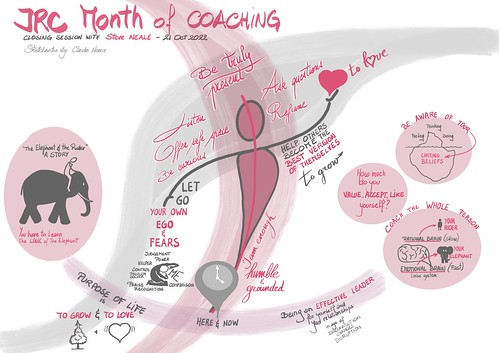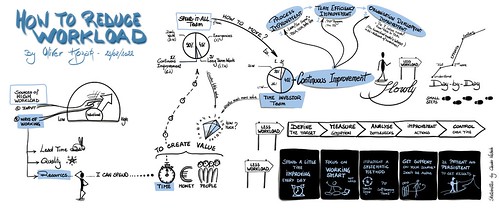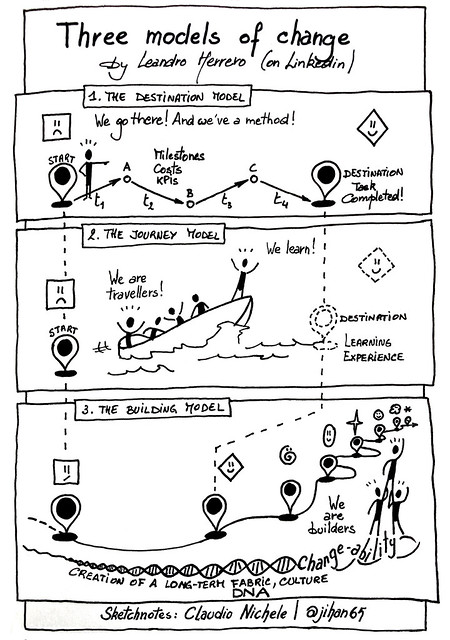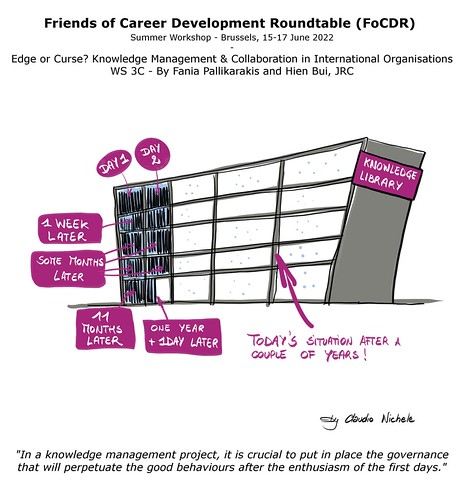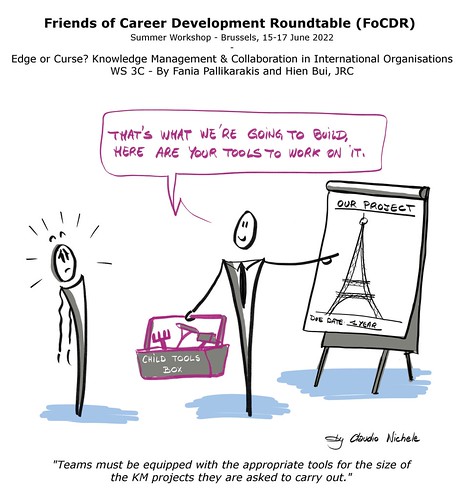“Each story is like a star. It is bright, shiny and grabs our attention. Stories find their home in narratives, like stars in constellations, and each individual story makes sense and is believable only if it attaches to a narrative. Stories bring narratives to life, while narratives infuse stories with deeper meaning. Taken together, stories and narratives shape our culture.”
I really love this metaphor used by Nayantara Sen and other cultural strategists. I could only sketch it so that it was even more part of me. It gave meaning to a quest I carried out for 10 years. Today it guides me in many work projects and helps me to better understand the societal changes around cultures.
This is the story of how this metaphor came to me. It all started with stardust, with a tagline.
Stardust
Somewhere in 2012, I asked my Director-General “- Walter [Deffaa], how would you explain to your daughter who knows nothing about it, what the Directorate-General for Regional Policy you lead does, in a tagline?”. He slumped in his chair and replied “– Claudio, I’ll never do it. What we do is far too complex to be summed up in a single sentence.“
I remember my confusion. As internal communicator, I was always looking for ways to motivate colleagues in DG Regional Policy, to put stars (12) in their eyes and make them proud of their work. I expected from my Director-General a motto that expresses our purpose and our activities. Something easy to remember, in which each of us could identify, could draw pride and motivation from it. Kind of like the motto a janitor of the NASA space centre gave President JFQ in 1962 “Well, Mr. President, I’m helping put a man on the moon.”
Star
If a tagline is too short to sum up the complexity of what we do, maybe a story would do, I thought. Not only can a story convey information but it does much more than that. A story activates our imagination, involves our senses, triggers our emotions, transmits values and social principles, connects us to identities. Also our brain fundamentally structures and relates our human experiences through stories. That’s why people love and remember stories. As Jung Chang told me in 2013 “- If you tell your message through a story, people will remember your message. Because they will remember the story“.
Convinced of this, I worked for a long time with my colleagues in the communication unit to write the story that tells our organisation, the DG Regional Policy.
The fact is that we never managed to create The perfect story that tells what DG Regional Policy does, and why, in a comprehensive, inspiring, and memorable way. Even just a good story, in my opinion, despite the efforts of my colleagues1 . In my quest, I came to question my idea of one story that would tell everything. And because nothing comes by chance, I watched “The dangers of the single story” TED talk by Chimamanda Ngozi Adichie. I suddenly had the conviction that we were, I was on the wrong track from the beginning. From the TED talk: “I’ve always felt that it is impossible to engage properly with a place or a person without engaging with all of their stories of that place and that person.“, and also “when we realize that there is never a single story about any place, we regain a kind of paradise.“
Constellations
How could one story be the entire story? We had to think of a collection of stories rather than a single story. Not only did we have to tell stories, lots of stories, but above all not to create them ourselves, we the communication experts. These stories had to be told by those who lived them, by the protagonists.
This is how we, Eva Maria S. and I, created the “Our stories” internal video series, the first narrative. Within two years, we interviewed more than 130 colleagues. We asked them to tell us their little big stories of what they do in their work, which we filmed and published internally. The series was a source of inspiration and motivation for all staff to do more, to do things differently, with joy and together. The series made it possible to understand the narrative of what we were doing and how, but it still lacked the narrative of why we were doing it, the meaning.
With Agnès M., I then imagined a new collection of stories, for another narrative. “An aggregate of similar stories that produces a meaning-making pattern” to better understand who we are, and why we do what we do. It was time to leave our walls and our colleagues to go to the field to collect other stories. The little big stories of the beneficiaries of the European funds for which we worked. As I explained to my colleagues in the vision paper for the launch of the series in 2019 “this collection of stories constitutes the compelling narrative that will broaden our spectrum of vision to the meaning of what we all do together for the ultimate benefit of the citizens of Europe.” You can watch and listen to these little big stories on Youtube in the “Stories from the regions” playlist.
Galaxies
With great humility, I don’t believe that these constellations of stories have brought about any cultural change in DG Regional Policy. That was not the objective. At most, the colleagues who have taken the trouble to listen to the stories hopefully better understand the deeper meaning of their daily work, as well as the culture of our organisation. That was the objective.
According to Nayantara Sen in Stories for change: “to transform our culture, we begin by changing the stories that we tell. Because each story has the power to shift narratives, and by extension, change belief systems in our culture“. The objective was not to change our culture in DG Regional Policy, so we collected and told the stories that supported our current narratives. To instill a culture change in the organisation – useful for any organisation that wants to evolve and adapt – it would take humility and audacity to collect other stories, to use other storytelling models, in order to shift the current commonly accepted narratives.
This is the biggest lesson I learned on my journey from stardust (a tagline) to galaxies (cultures).
Footnote
My colleagues in the communication unit of DG Regional Policy continued the reflection and came up with this motto that you can read on the Regional Policy website: “Regional policy is the EU’s main investment policy. It supports job creation, competitiveness, economic growth, improved quality of life and sustainable development, leaving no one and no region behind.” Well, my former Director-General, Walter Deffaa, was right in 2012. It’s impossible to sum up the complexity of who we are and what we do in a single sentence, however elegant and punchy it may be.
Useful links
- The Heart of the Story: Peripheral Physiology During Narrative Exposure Predicts Charitable Giving
- Children, myth and storytelling: An Indigenous perspective
- The Science of Storytelling: Perspectives from Cognitive Science, Neuroscience, and the Humanities
- Telling the Story #ttsEU 2013 – Participants’ Stories: Jung Chang
- Chimamanda Ngozi Adichie: The danger of a single story | TED
- Cultural Strategy: An Introduction & Primer, by Nayantara Sen
- Stories for change, by Nayantara Sen
- Center for Story-Based Strategy
- A Conversation about Cultural Strategy
- The DG Regional Policy “Our stories” video series [restricted access]
- The DG Regional Policy Stories from the regions, concept note [restricted access]
- The DG Regional Policy “Stories from the regions” video series on Youtube (#EURegionsStories)



